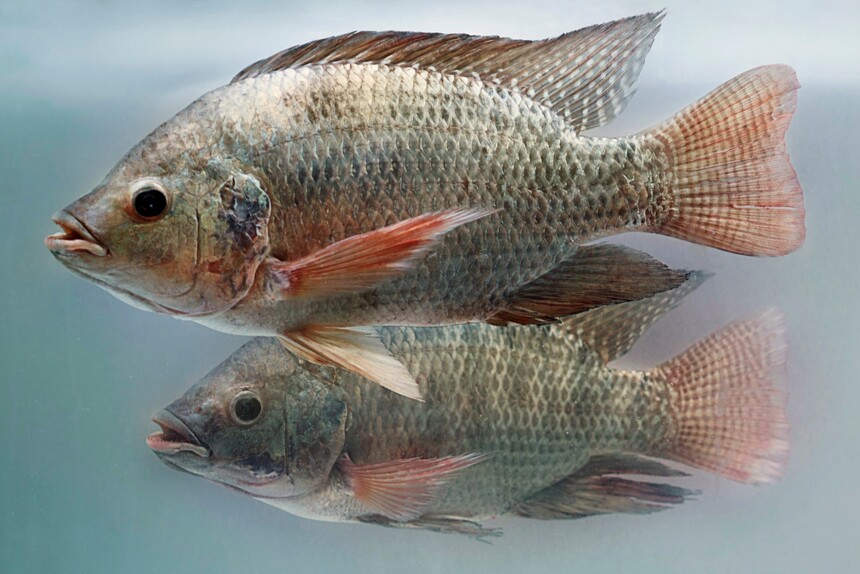|
China Tilapia ExportsIn April 2025, the U.S. tariff policy on Chinese aquatic products came into full effect, causing a surge in the cost of Chinese seafood exports to the U.S. and a sharp decline in market competitiveness. According to data from the National Oceanic and Atmospheric Administration (NOAA), the total value of seafood imported by the U.S. from China in April 2025 was $86.7 million, but the imposed tariffs reached as high as $32.1 million, with the tax rate soaring to 37%—more than double the 16% during the same period in 2024. Among them, China's tilapia exports were the hardest hit, with $23.4 million in import value subjected to $10.5 million in tariffs, resulting in a tax rate as high as 44%.
On April 2, the Trump administration signed an executive order announcing additional tariffs on global seafood imports, with China being the largest "affected party". The new tariff measures took effect on April 5, and the affected goods exported from China to the U.S. include major aquatic products such as tilapia, swimming crabs, and shrimp. In recent years, influenced by factors such as U.S.-China trade frictions, Section 301 tariffs, and tightened domestic regulations in the U.S., China's aquatic product exports to the U.S. have significantly decreased. This tariff escalation may completely alter the landscape of Chinese aquatic products in the U.S. market. The U.S. was once one of the main export markets for Chinese aquatic products, but now, the high tariff costs make it difficult for Chinese suppliers to maintain price competitiveness.
In addition to China, other major Asian aquatic product exporting countries have also been severely affected. Vietnam's shrimp exports face a high tariff of 46%, Thailand 36%, and India 26%. In contrast, aquatic products from Ecuador and Chile are only subject to a 10% tariff, significantly enhancing their competitive edge and potentially further seizing market share in the future.
Furthermore, although only $4.6 million (0.79%) in tariffs were imposed on $585.9 million worth of shrimp imports in April 2025, Ragnar Nystoyl, the chief analyst at Kontali, warned that if an extension agreement is not reached by July 9, 70% of imported shrimp will face tariff hikes, with the average tax rate suddenly exceeding 25%. Based on last year's import value, this move would impose an additional $1.5 billion in costs on importers. Currently, U.S. shrimp imports have increased by 10% year-on-year due to a panic buying surge.
The U.S. is the world's leading consumer of aquatic products, with imported aquatic products accounting for more than 65% of total supply. High tariffs will directly drive up import costs, which will ultimately be borne by American consumers. The National Fisheries Institute (NFI) has warned that this policy may threaten 1.6 million jobs related to the U.S. seafood industry and exacerbate market instability.
|


